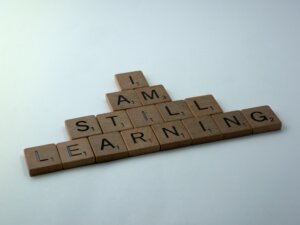After the proper learner preparation has taken place and connections have been built with the learners, the facilitator(s)’ role is to deliver the information. It is important to remember in learner-centered training that delivery should be about the learner and their learning of the material. When preparing for this phase, many facilitators, trainers or presenters spend the majority of their time on delivery of content (the presentation of material) within their control ignoring that the leaner is the most important component of this preparation. In many cases, the training is occurring to provide knowledge, skills and abilities that will help the learner achieve the company objectives. The ultimate goal of the training is most likely is to initiate a change in behavior. Since the learner is the only who can control the behavior change, focusing the delivery on the learner is essential is achieving this goal.
Learner-Centered Delivery Using Creative Presentation
| Traditional PresentationVerses
Creative Presentation |
Traditional
Lecture Facilitator Focused Boring Not Learning |
Creative PresentationInteractive
Activity after every 10-15 minutes of facilitator talking Requires Movement and Participation of Everyone Learner Centered |
|||
|
Three Types of Creative Presentation |
|||||
| Facilitator PresentsPresentations that increase curiosity, jump-start learning, and engage the learning. | Facilitator and Learner Presentation allows learners to create during the facilitation. | Learner Presentations and Discovery Exercises allow learners to be introduced to the topic without formal facilitation. | |||
| Some Examples from the Experts
These examples can be found in the SharonBowman books and in the The Accelerated learning Handbook by Dave Meier
|
|||||
—
For more resources, See the Human Resources library.
—
Sheri Mazurek is a training and human resource professional with over 16 years of management experience, and is skilled in all areas of employee management and human resource functions, with a specialty in learning and development. She is available to help you with your Human Resources and Training needs on a contract basis. For more information send an email to [email protected] or visit www.sherimazurek.com. Follow me on twitter @Sherimaz.
Resources
http://www.bowperson.com/ http://www.alcenter.com/
 Sections of this topic
Sections of this topic
















